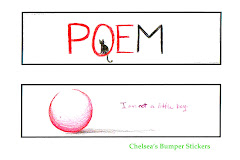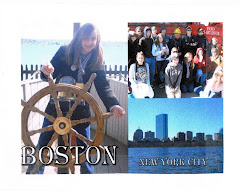 On the literary map, travel from from Springfield, Illinois, to Detroit, Michigan.
On the literary map, travel from from Springfield, Illinois, to Detroit, Michigan.Calculate:
# _____________ Miles to Detroit, Michigan
$ _____________ Cost for Gasoline to Detroit, Michigan
Visit Robert Hayden at www.Poets.org and fill-in-the-blanks.
"Born Asa Bundy Sheffey in ___________, Robert Hayden was raised in a poor neighborhood in Detroit. He had an emotionally tumultuous childhood and was shuttled between the home of his parents and that of a foster family, who lived next door. Because of impaired vision, he was unable to participate in sports, but was able to spend his time reading. In 1932, he graduated from high school and, with the help of a scholarship, attended Detroit City College (later Wayne State University). "
"Hayden published his first book of poems, Heart-Shape in the Dust, in 1940. He enrolled in a graduate English Literature program at the University of Michigan where he studied with W. H. Auden. Auden became an influential critical guide in the development of Hayden's writing. In ___________, he became the first black American to be appointed as Consultant in Poetry to the Library of Congress (later called the Poet Laureate). He died in Ann Arbor, Michigan, in ____________."
Listen to "Soledad" and read "Those Winter Sundays."
What kind of imagery is central to the poem?
How is this imagery related to the emotional concerns of the poem?
How do the subsidiary images relate to the central images?
From what point in time does the speaker view the subject matter of the poem?
What has happened to him in the interval?
A SIDEWALK: "In Ann Arbor, Michigan, Hayden lived at 1201 Gardner Avenue, not far from campus; however, his severe nearsightedness made it impossible for him to drive, or even walk the rutted sidewalks to work. As a result, Hayden regularly took the Ann Arbor Transportation Authority's #5 bus that ran along Packard Street. Surrounded by fellow riders who surely recognized him by his inimitable coke-bottle glasses, Hayden was left undisturbed, though watched with wonderment about what lines he might be silently composing in his mind. Sitting or standing, not reading and unable to observe the scenery rushing by, he remained in quiet contemplation."























